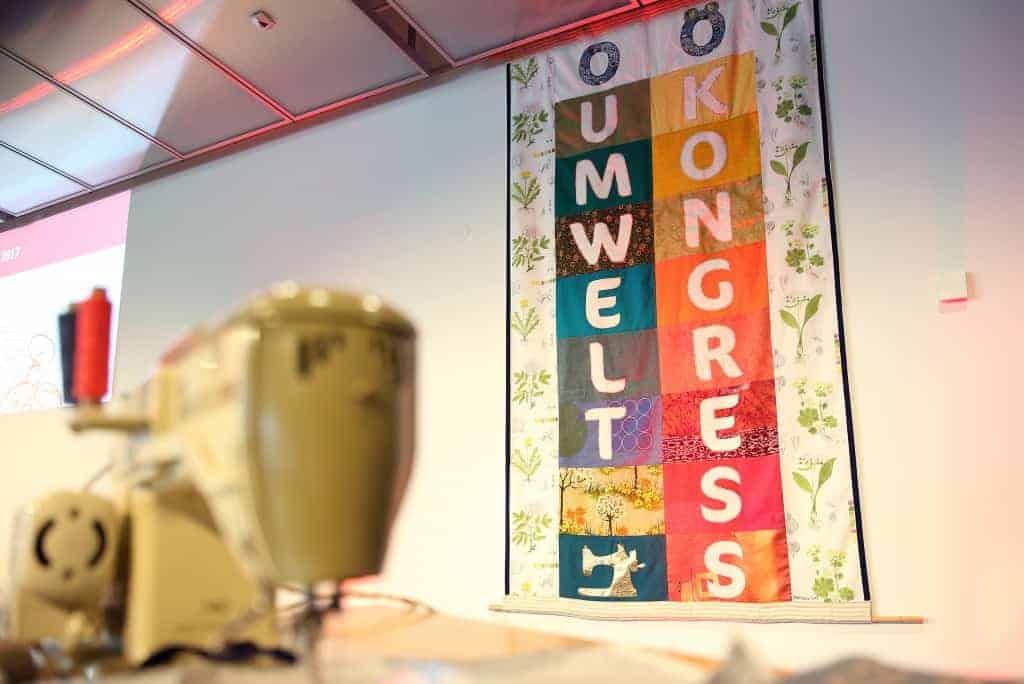
Photo: Land Oberösterreich
Turning waste into nutrients: the European Union’s new Circular Economy Package could become a resounding success – or at least the biggest we’ve had yet when it comes to the question of what to do with our garbage.
The reason: an acknowledgement that the recyclability of a product can be improved from the outset with the help of good design appears to be a part of the package, which is currently being considered by various European institutions. Another aspect that appears in the package is the idea that manufacturers should take more responsibility for their products – for example in the form of being involved in the disposal costs. Moreover, the waste hierarchy “prevention before reuse before recycling before energy recovery before disposal” is not being challenged by the package. Should this indeed be implemented it would be almost historic. It would mean that important aspects of the Cradle to Cradle concept were finally put into law.

Photo: Land Oberösterreich
However, the countries in Europe are still worlds apart in terms of waste management. This became clear at the recent Upper Austrian Environmental Conference in Linz, which I attended as a speaker. As an example, let’s take a look at the landfilling of municipal waste, for which a reduction target of ten per cent has been set. In 2011, only six EU member states deposited less than 3 per cent. 18 states deposited over 50 per cent and some even more than 90 per cent. Upper Austria on the other hand was at one per cent, county commissioner Rudi Anschober reported at the event. So the EU package will surely have to resemble some form of compromise in which some countries exceed the provisions from the beginning. It’s not necessarily a bad thing. After all, it means that in some countries the necessary structures are already in place and will therefore be used. For other countries, it remains a goal yet to be achieved.
At the congress in Linz I was pleased to learn about the many new ideas and structures that are being tried out in order to reduce waste and conserve resources: Repair cafés, sewing workshops, second-hand sales, recycling of building materials. But we must think even harder about the question of how raw materials of high quality can be retained within cycles. Ideally we must arrive at a point where materials can be used over long periods of time without deprecation in quality, even after being recycled countless times. In this regard the Cradle to Cradle approach with its strict separation of technical and biological cycles still offers the best approach: starting out with the product development and design phases.
Moreover, the Cradle to Cradle service concept holds manufacturers responsible in a more consistent manner: no longer should they market washing machines, but wash loads. Not televisions but hours of viewing. A manufacturer of a device will only have a real incentive to think about what steps he can take after its useful life ends if he retains ownership at all times.
A number of great practical examples were provided by Reinhard Backhausen (who has already implemented the C2C principle with his interior fabrics, and who today advises many companies on how to approach a conversion). Equally impressive was the founder of “Goddess of Happiness,” Lisa Muhr, who, in her fashion company addresses both social and ecological issues. It was gratifying to see that a total of 260 people, including two school classes, showed interest in the conference. Upper Austria is far ahead of many others, it seems.
What is the EU Circular Economy Package?
- It intends to summarise existing EU directives: the EU Waste Framework Directive, the EU Landfill Directive, the EU Directive on Packaging and Packaging Waste, the EU End of Life Vehicles Directive, the EU Battery Directive and the EU Waste Electrical and Electronic Equipment Directive
- It’s a plan of action for the circular economy which lists further actions to be implemented by the EU on the path towards a resource-saving circular economy
- It formulates a waste hierarchy: prevention before reuse before recycling before energy recovery before disposal
- It aims to implement higher recycling rates, strict quotas for untreated waste (but not a complete ban on landfill), strict guidelines for the separate collection of waste as well as an improved eco-design of products and incentives for manufacturers to use more secondary raw materials (i.e. recycled materials) in their products
- The aim is a conclusion of negotiations by the end of 2017
 Monika Griefahn GmbH
Monika Griefahn GmbH
Leave a Reply